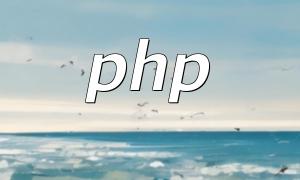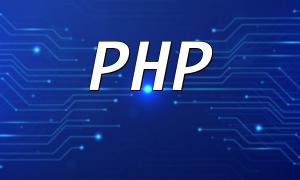In PHP, text code is used to represent textual content and can be enclosed in single or double quotes. Escape characters handle quotes and special characters, and interpolation allows embedding variables or expressions within text code. Line breaks and spaces are preserved, but you can use the nl2br() function to force line breaks. PHP also provides a variety of string functions, and reading user input text code can help prevent code injection.
In PHP, text code can be enclosed in single quotes (') or double quotes ("). Both are valid, but single quotes are generally safer as they avoid confusion with double quotes inside the text.
$text = 'Example text code'; $text2 = "Example text code";
If the text code contains single or double quotes, you need to use a backslash for escaping. Use \' for single quotes and \" for double quotes.
$text = 'He said: "This is text code"';
Variables or expressions can be interpolated in text code using curly braces {} around the variable name with a dollar sign $.
$name = 'John'; $text = "Welcome $name to our website!";
Line breaks and spaces in text code are preserved. To force line breaks in the output, you can use the nl2br() function.
Some characters have special meanings, such as newline \n and tab \t. To output them literally, use a backslash for escaping.
$text = "New line:\nTab:\t";
PHP provides a variety of string functions for calculating length, changing case, searching, and replacing within strings.
You can use the filter_input() function to read text code from forms or other sources, which helps prevent code injection attacks.
This article provides a detailed guide to PHP text code usage, including quote selection, escape characters, variable interpolation, line break handling, and string function applications. Mastering these techniques allows you to efficiently handle text data in PHP development.









